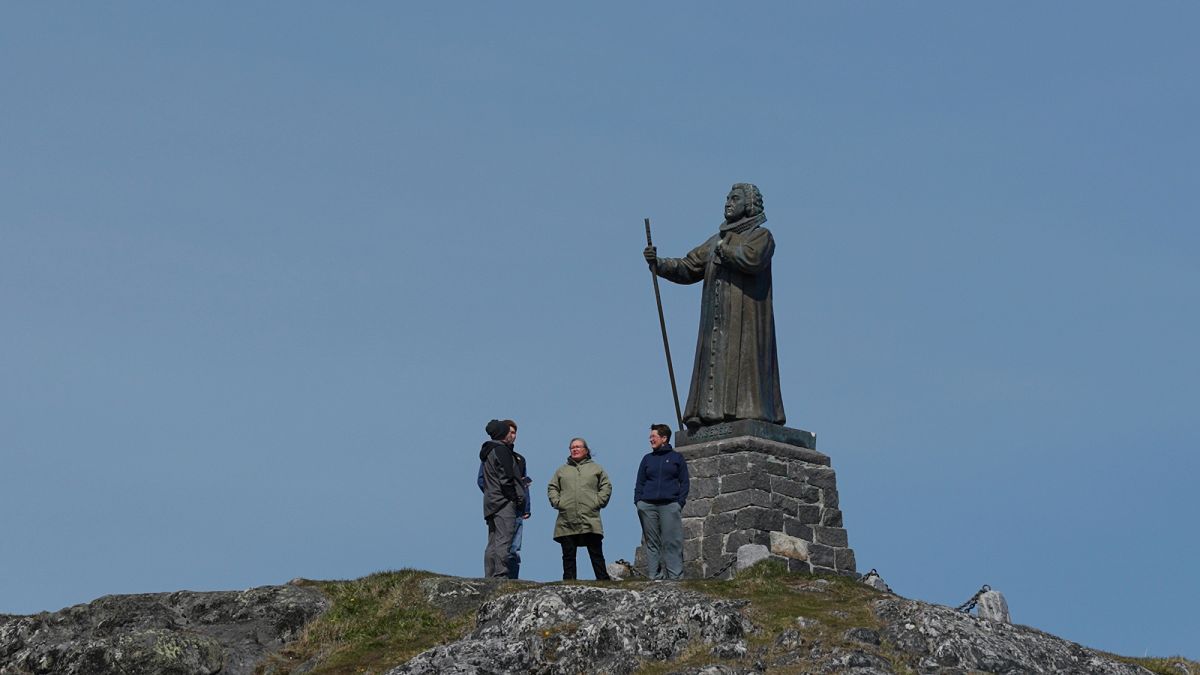By Euronews with AP
Published on
Greenland is home to some of the world’s largest untapped rare earth deposits.
They are important ingredients in electric vehicles, powerful magnets, advanced fighter jets, submarines, smartphones, television screens and many other products.
China’s dominance over critical minerals in global supply chains became a powerful bargaining chip in the recent trade talks between Beijing and Washington.
U.S. Treasury Secretary Scott Bessent announced last week that the two countries reached an agreement to ease a process of rare-earth shipments into America.
So Greenland’s deposits are being eyed as an alternative that could reduce China’s stranglehold.
CEO of Greenland’s biggest miner Amaroq Minerals Ltd., Eldur Olafsson, says the company recently raised £45 million from European and the US investors, and is in talks with some state-backed agencies in the EU and US.
“It is important when you’re operating in Greenland where you seek those investors from because geopolitically it’s also important that you have the support of Europe, Denmark, Iceland, call it Nordics, I like to say, and US,” says Olafsson, whose company runs a recently-opened gold mine in South Greenland.
Open for business but not up for grabs
President Donald Trump has repeated his interest in taking control of the mineral rich Arctic island that sits strategically between Europe and America.
Greenlandic Prime Minister Jens-Frederik Nielsen, who was elected earlier this year, said that US statements about the island have been disrespectful and that Greenland “will never, ever be a piece of property that can be bought by just anyone”.
But Greenland does look towards the investments from the EU and US in hopes this will get more mines in the next decade.
Naaja Nathanielsen, Greenland’s minister for business and mineral resources, says Greenland has seen interests from the US Export-Import (EXIM) Bank and the EU countries into its mining projects.
“For us, it has been a problem with the protectionism with the Chinese dominance to really get into the markets,” says Nathanielsen.
“We’ve been trying to insist on the importance of building supply chains that come from like-minded countries, from stable democracies like Greenland, and trying to diversify those supply chains.”
From talk of acquiring Greenland and its vast mineral wealth, to prodding Ukraine for minerals in exchange for help fending off Russia’s invasion, Trump has made the raw materials of modern life a pillar of his foreign policy.
Gracelin Baskaran, director for critical minerals security program at Center for Strategic and International Studies (CSIS), says there has been “increasing weaponization of critical minerals” by China in a global race to secure new deposits.
“When mining companies go in to decide, the number one thing they look at are the project economics. And one of the complicating factors about Greenland is that 80% of Greenland is under ice, meaning that the cost of digging and getting into the resources can be higher than other places,” says Baskaran.
Greenlanders are keen to develop the resources, but they have enacted strict rules to protect the environment. There are also questions about the feasibility of extracting Greenland’s mineral wealth because of the region’s harsh climate.
